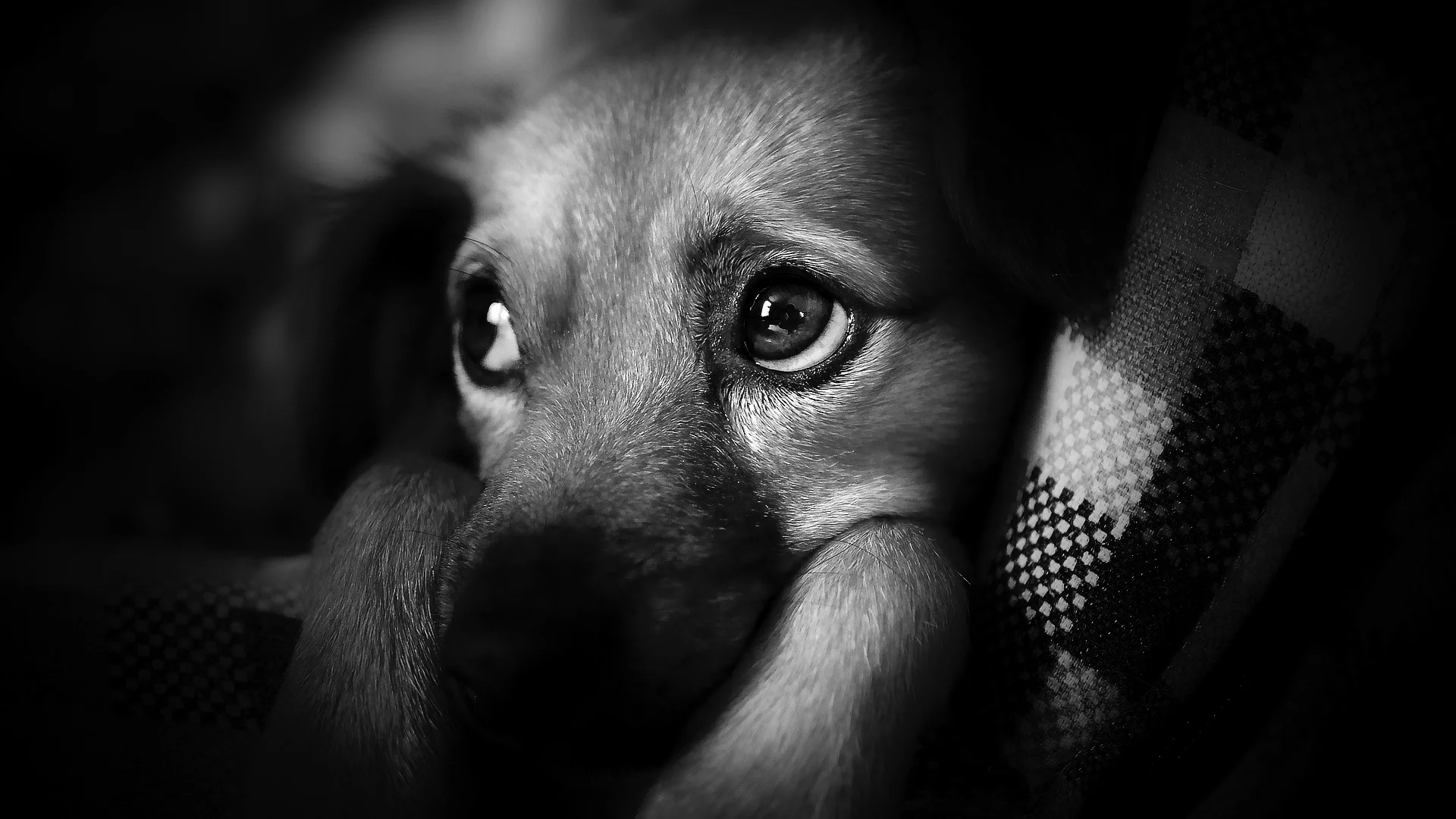“I might say it’s sad, but in another case I’ll say, ‘He’s really paying attention.’ It can look wry, like a questioning or unbelieving look. . . . In some ways, it’s discovering something about ourselves.”
Evolution is about adaptability, not survival-of-the-fittest as widely believed. Which is why the recent study that suggests dogs developed “puppy eyes” to manipulate our emotions touched a hidden nerve in the public at large.
The research paper, authored by the University of Portsmouth (UK) Centre for Comparative and Evolution Psychology, found that over the 33,000 years canines have been domesticated, man’s best friend has developed a facial muscle that exercises emotional power over humans, a sad, imploring look best described as “puppy dog eyes.”
The technical term for the muscle is the levator anguli oculi medialias, or LAOM, but “puppy dog eyes” sounds better, and is easier to sell.
Dogs may have evolved from wolves, but part of what has made them so adaptable to human contact — unlike wolves — is that the puppy-dog look, which involves raising the inner eyebrows, enabled them to more easily capture our hearts. Home sapiens pay a lot of attention to faces — all apes do — and our more empathetic emotions have been conditioned to respond to any expression that reflects sadness or loneliness. This is only natural for a social mammal that relies on group cooperation to survive.
The study involved detailed autopsies on six kinds of dogs — a labrador, a German shepherd, a Siberian husky. a bloodhound, a chihuahua and a mutt — nearly all of which showed the LAOM muscle. (The Siberian husky was the exception, perhaps owing to it being the least distant relative of the wolf).
The study also focused on autopsies of several grey wolves, none of which displayed the LAOM
muscle.
(No animals were harmed in the conducting of this experiment, the study’s authors insisted; the autopsies were conducted on previously deceased animals.)
This isn’t junk science, by the way, though any self-respecting cynic could be forgiven for thinking that anything to do with man’s best friend that is “science-based” is motivated at least in part by popular appeal and the desire to boost donations and gin up funding. The study’s findings were reported in the peer-review journal Proceedings of the National Academy of Sciences, which is about as dry and sentiment-free as they come.
Proceedings, often abbreviated PNAS, is what they call a “multidisciplinary scientific journal” that publishes research, scientific reviews, op-ed commentaries, and letters. It was established in 1915. It is the world’s second most-often cited scientific journal, with some 2 million cumulative citations in a 10-year period between 2008-2018. It is not Pets Magazine.
The puppy eyes look is not just for show. It has a practical purpose, too — also evolution-based, you might say.
In an earlier study, Portsmouth University Prof. Bridget Waller — lead author of the new study — found that the more often and openly shelter dogs showed what the scientists call “high intensity expressions,” the more quickly they tended to be adopted. The puppy eyes look was shown to be more effective than wagging tails and the speed at which dogs bounded over to visiting, would-be adoptees. Imagine that.

